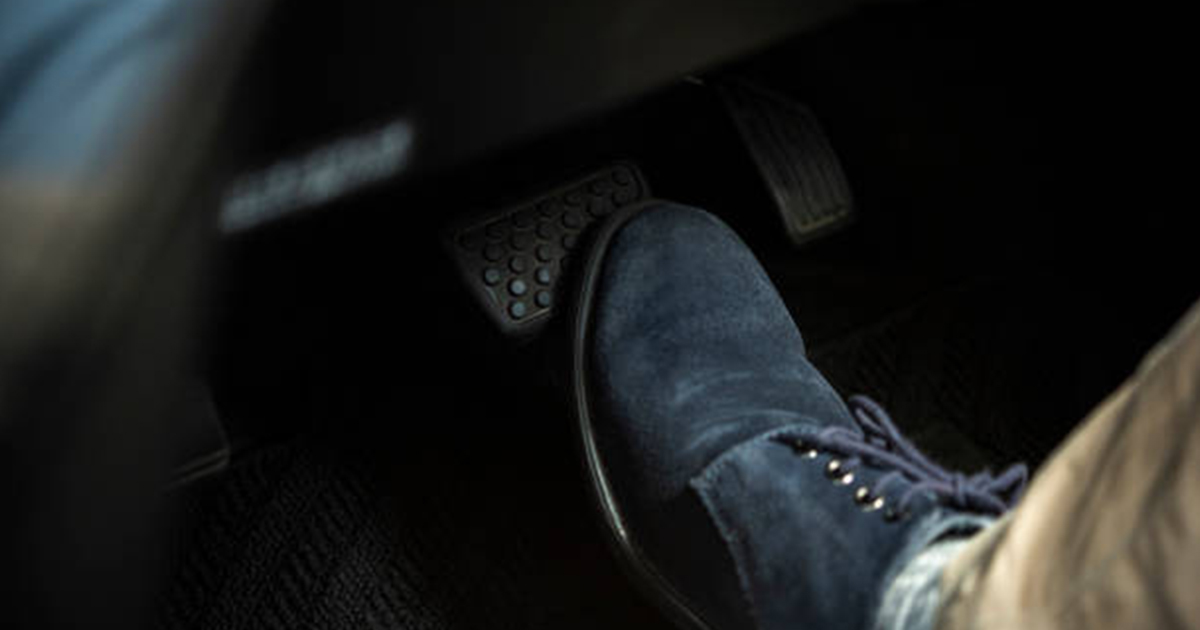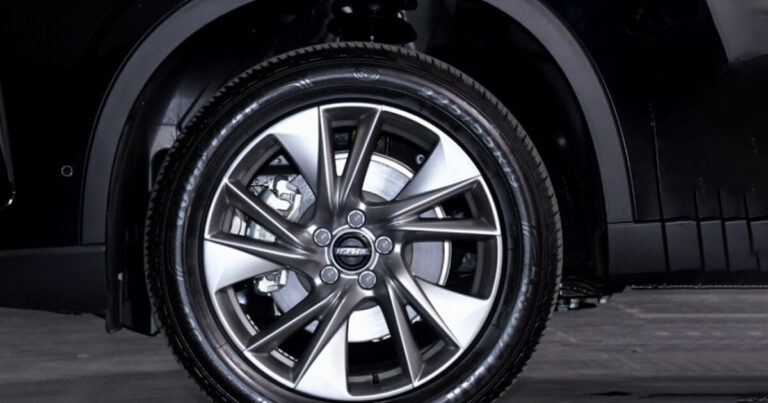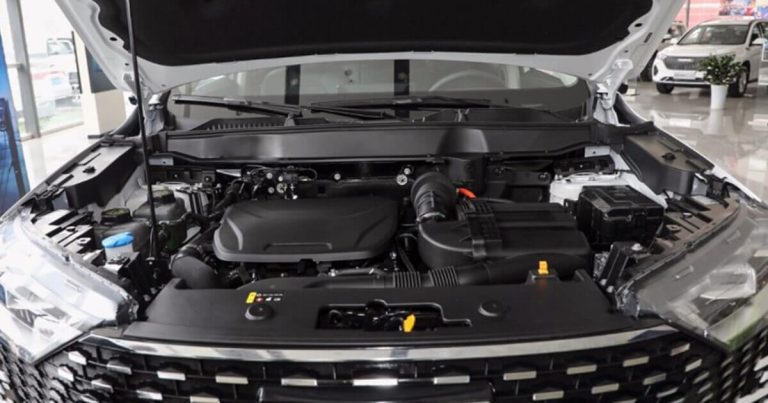A brake pedal that won’t move or gets stuck can be frustrating and even dangerous. While it might seem like a major issue at first, the cause is often something simple.
In this guide, we’ll go over the most common reasons for understanding why your brake pedal is stuck and what you can do to fix it.
We don’t need any complicated tools or mechanical expertise, just a few easy checks to help you figure things out before visiting a mechanic.
Is Your Car Brake Pedal Stuck?
Before diving into the causes and fixes, it helps to know what signs to look out for. A stuck brake pedal doesn’t always mean the same thing. It can show up in different ways depending on the issue. Recognising these early signs can make it easier to figure out what’s wrong and what steps to take next.
- The brake pedal feels stiff or heavy when you try to press it.
- When you release the pedal, it takes time to come to its original position.
- Your vehicle struggles to move freely even when it’s in drive.
- The brake lights of your car stay on even after you’ve released the pedal.
If you notice any of these, it’s a sign that something’s off, and it’s time to investigate further.
Common Causes of a Stuck Brake Pedal
Now that we have discussed the warning signs, here are a few reasons why that could have happened.
- Something’s in the way: Something rolls under the pedal, blocking it from moving. Check under the driver’s seat to make sure nothing is between the car surface and the pedals.
- Worn-out parts: Over time, the parts that help your brake pedal move can get old and rusty. This can make the pedal stiff, creating a need for replacement.
- Low brake fluid: The brakes of your vehicle need fluid to work smoothly. If the fluid’s low, the pedal might not budge. You need to check the fluid level under the hood, it’s usually in a small container located near the driver’s side.
- Vacuum issues: Your vehicle relies on a vacuum system to assist the braking process. If there’s a leak or malfunction in this system, the brakes may become hard to press, making it more difficult to stop the car effectively.
- Broken springs: There’s a spring that helps the pedal pop back up after you press it. If it’s broken, the pedal might stay down.
Simple Fixes You Can Try at Home
Once you know the common problems, here is a step-by-step guide to help you fix those issues.
- Check the floor mats: Any object can roll under the pedal, causing it to jam. Pull the mat back to ensure it’s not interfering. If the mat is loose or worn, replace it with a properly fitting one designed for your car model. This quick fix often solves the issue instantly.
- Inspect for debris: Small objects like pebbles, bottle caps, or trash can get stuck under the pedal. Use a flashlight to check the pedal area. Clear out any debris carefully to ensure the pedal moves freely. Keeping this area clean prevents future sticking.
- Lubricate the pedal hinges: Dirt or rust can make pedal hinges stiff, causing sticking. Grab a spray lubricant like WD-40 and apply a small amount to the pedal’s hinge points. Work the pedal back and forth to spread the lubricant. Wipe away excess to avoid slippery surfaces.
- Examine the throttle cable (if applicable): In older cars, a worn-out throttle cable (the flexible wire that connects the gas pedal to the engine) can cause the accelerator to work improperly. Gently inspect the cable for signs of wear or binding. Don’t force anything if it looks damaged.
- Test and stay cautious: After trying these fixes, test the pedal in a safe, open space. If it’s still stiff, don’t drive; seek professional help.
These steps are simple, require minimal tools, and can save you a trip to the shop.
Safety Tips While Driving with Brake Issues
- Stay calm and assess the situation: If you notice your car brake pedal is stuck or not responding properly, take a deep breath. Panicking can make things worse. Gently test the pedal to see if it’s stiff or unresponsive while keeping your eyes on the road.
- Use engine braking to slow down: Shift to a lower gear (in manual or automatic vehicles) to let the engine help slow the car. This can be a lifesaver if your brakes aren’t working well, giving you more control without relying solely on the pedal.
- Pump the brake pedal gently: Sometimes, a car brake pedal that is stuck might loosen up if you pump it a few times. Apply steady, light pressure to see if you can restore some brake function, but avoid slamming it, as that could worsen the issue.
- Pull over safely when possible: Look for a safe spot to pull over, like a shoulder or parking lot. Use your turn signals, reduce speed gradually, and avoid sudden maneuvers to keep yourself and others safe.
- Get professional help: Once you have stopped the car, call a tow service or mechanic to inspect and fix the issue. Brake problems are serious, and it’s not worth risking your safety.
Conclusion
By staying calm, maintaining your vehicle, and addressing issues promptly, you can prevent this problem with your car brake pedal from escalating.
For Haval customers, ensure your vehicle is in top shape by scheduling a service check with our expert technicians to keep your brakes responsive and your journeys worry-free.
Visit your nearest Haval service center today!




